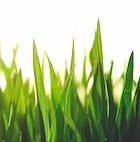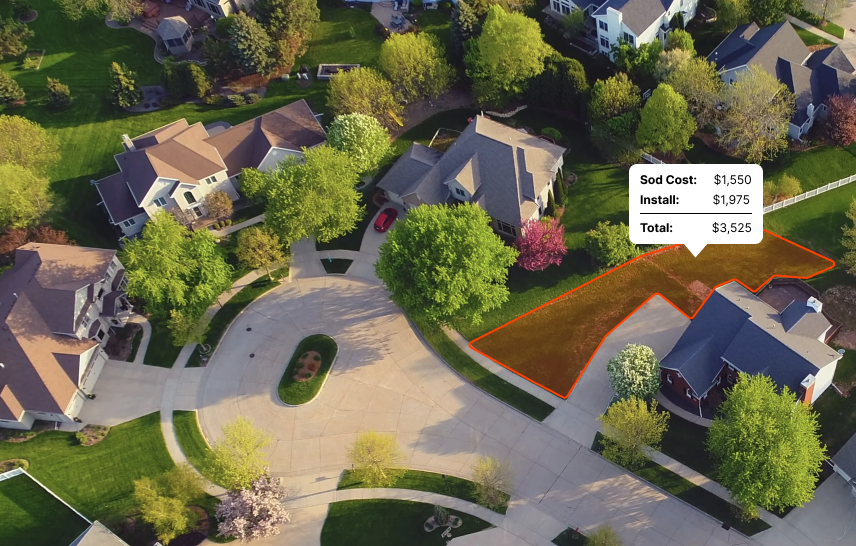It's important to choose grasses that can thrive in this zone and are well-suited to the local climate and soil conditions.”
Introduction
Southern California has a Mediterranean climate, characterized by mild, wet winters and hot, dry summers.
This climate affects the types of grass that can be grown there.
Grasses that are well-suited to this climate are typically drought-tolerant and can withstand hot temperatures.
The best time to lay grass in Southern California is during the fall or spring when temperatures are mild and there is more rainfall.
What are the best sod types for CA?
In the world of landscaping, not all grasses are created equal. Each thrives in a specific climate zone: cool, warm, or transition.
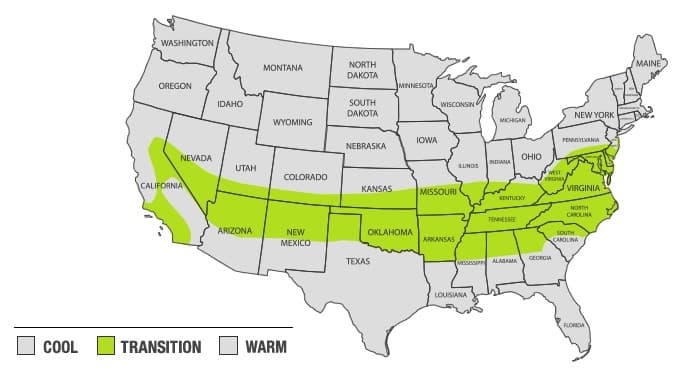
Southern California, with its transition zone climate, prefers a particular set of grasses that relish the a wide range of temperatures. The following sods are the easiest to grow and maintain in Southern California:
While it's possible to grow grasses meant for other regions with proper care, attention and timing, these are the most common grasses in Southern California for residential lawns.
Level Up Your Lawn Skills
Once per week we'll send you an interview from someone who has mastered the art of lawn care.
Recommended species for shade
In Southern California, not every yard gets bathed in golden rays of sunshine all day. Got a shady spot? Don't sweat it. We've got the best sod options for you.
Let's talk St. Augustine. This grass is a tough, shade-loving machine. Even with just four hours of dappled sunlight, St. Augustine manages to thrive. It's a superstar when it comes to fighting off disease and pests too — we like to call it the superhero of grass.
Next, we've got Fescue. Wait, Fescue in California? Absolutely. Tall Fescue and Fine Fescue don’t shy away from shade. They're the Clark Kent among grasses— low-key but incredible. They survive on 4 to 6 hours of sunlight. The best part? You don't have to mow them as frequently. Weekend lawn warriors, we just found your new favorite grass!
Finally, don't dismiss Bermuda grass. Sure, it loves sunshine but it can handle some shade too. Four to six hours of sunlight will keep it happy. Bonus? It's drought resistant. In Southern California, that's what we call a win-win.
So there you have it. St. Augustine, Fescue, and Bermuda are your go-to sods for those shady patches. They might not bask in the spotlight, but they definitely hold their own in the dark corners.
To sum it up: Dealing with shade doesn't mean you're up a creek without a padd– I mean, a lawnmower. With the right sod, those shadowy spots turn into lush, green oases. The name of the game? Find the right grass for your part of the neighborhood. In Southern California, there's a shade-friendly grass for every yard. Even yours.
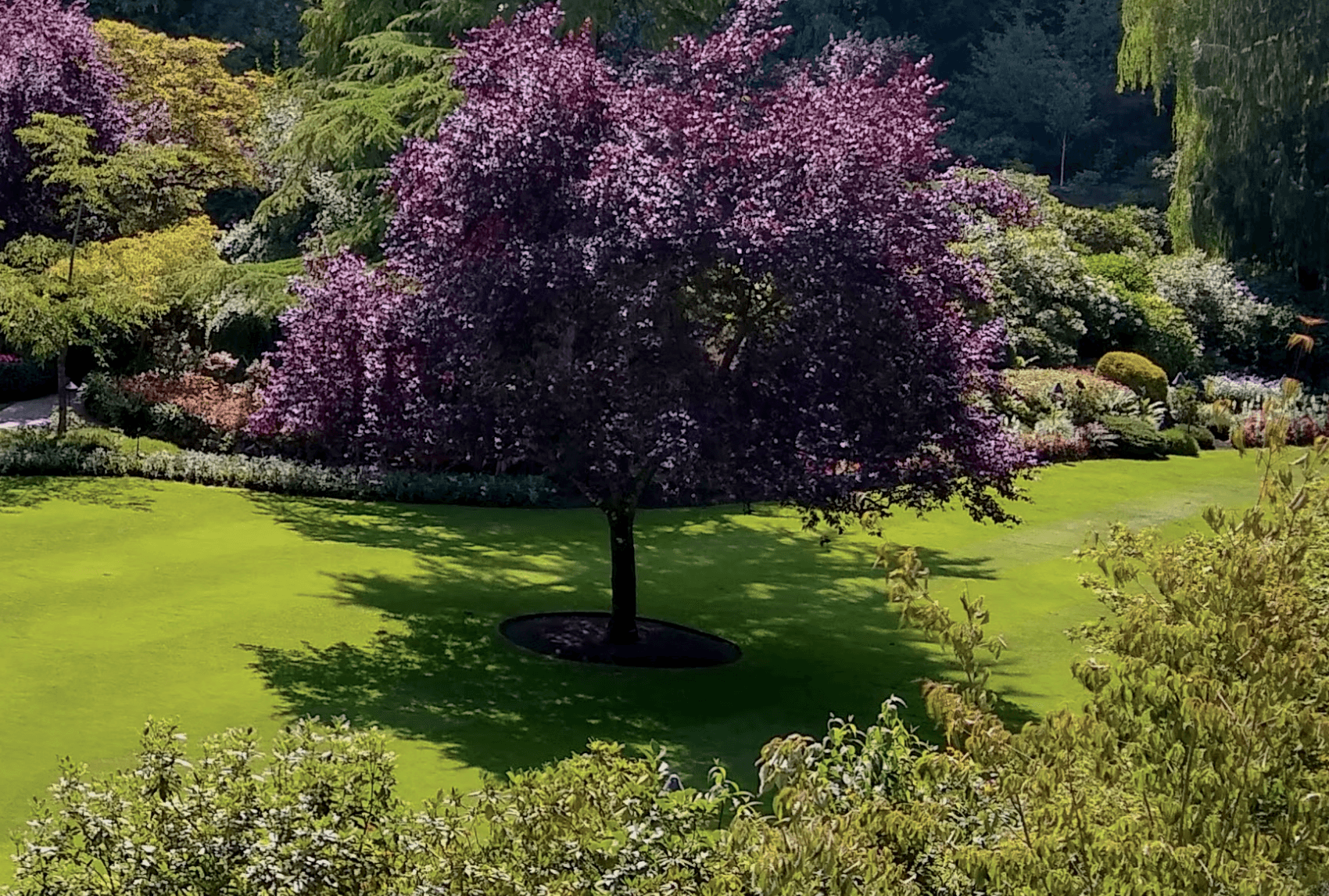
Recommended for full sun or partial sun
Choosing the right sod for your lawn depends heavily on the sunlight exposure in your yard. Different grass types have varying light requirements for optimal growth and appearance. Assessing whether your lawn receives full or partial sun is essential in selecting sod that will flourish and stay healthy in your specific environment.
Below are some sod options recommended for either full sun or partial sun conditions in CA:
| Grass Type | Sun | Good to Know |
|---|---|---|
| Bermuda | Full | Bermuda grass thrives in full sun and is known for its drought tolerance and ability to withstand high temperatures. |
| Zoysia | Full | Zoysia grass prefers full sun but can tolerate some shade. It is known for its dense turf and resistance to pests and diseases. |
| St. Augustine | Partial | St. Augustine grass performs well in partial sun and is valued for its ability to establish quickly and provide a thick, green lawn. |
What varieties stay green year-round?
As with anything agriculture related, there is some nuance to this question. There are many grasses that can stay green year round in but it depends heavily on your location within Southern California as well as any microclimates that may exist.
The following grasses have the ability to stay green year round in Southern California:
| Grass Type | Caveats |
|---|---|
| Bermuda | It typically goes dormant and turns brown after a few hard frosts in the fall and stays that way until temperatures consistently hit the 60s in the spring. |
| Zoysia | It can stay green nearly year-round in milder climates without severe winter freezes or overly high summer temperatures. |
| St. Augustine | It can stay green almost year round, but will go dormant and turn brown during cool-season months in colder regions. |
What is the best time to lay sod in Southern California?
For transition zones, consider the type of sod. For warm season grasses, aim for late spring. This gives them a full summer to establish before winter. For cool season grasses, fall is best, allowing roots to develop in mild temperatures. Whichever you pick, avoid extremes of summer and winter. So, late spring for warm grasses, fall for cool ones, and skip the severe seasons.
As you can see in the image below, you'll notice the most shoot growth (the grass above ground) and root growth in the spring and fall for cool season grases and during the summer for warm season grasses:
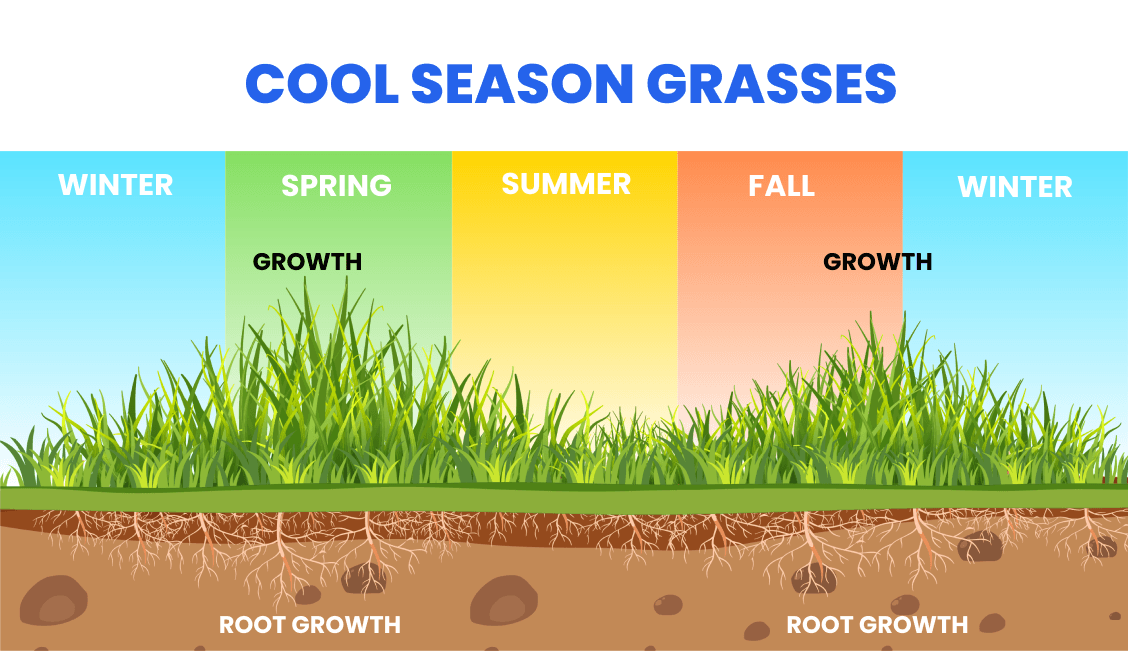
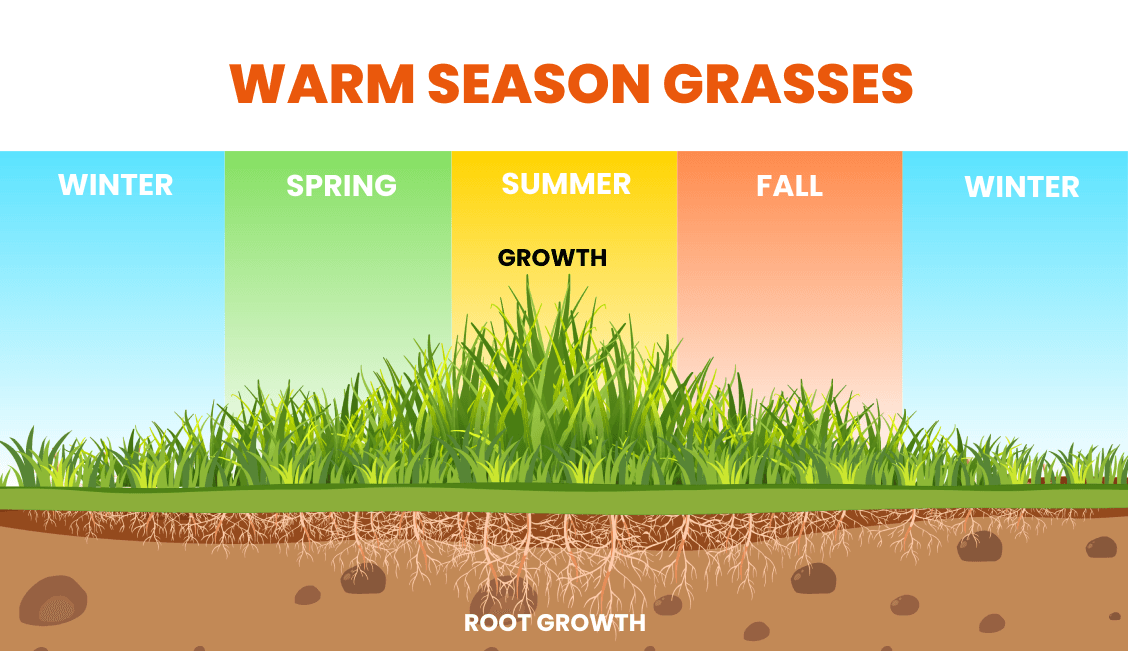
Find reputable companies for installing sod in CA
Here are the top problems you'll face when trying to get sod installed by a landscaping company:
- They're not transparent about pricing. You'll often get a quote that's way higher than you'd expect.
- They're hard to get ahold of on the phone or you'll reach out online but won't hear back.
- It's hard to pin them down for a specific date. Because you can only bring sod from the farm when there's decent weather, this causes some delays at times. It also has a short shelf life, so it's important to get it installed within a day or two of delivery.
We've done all the work for you. Click below to get a quote from one of the top installers in Southern California.
